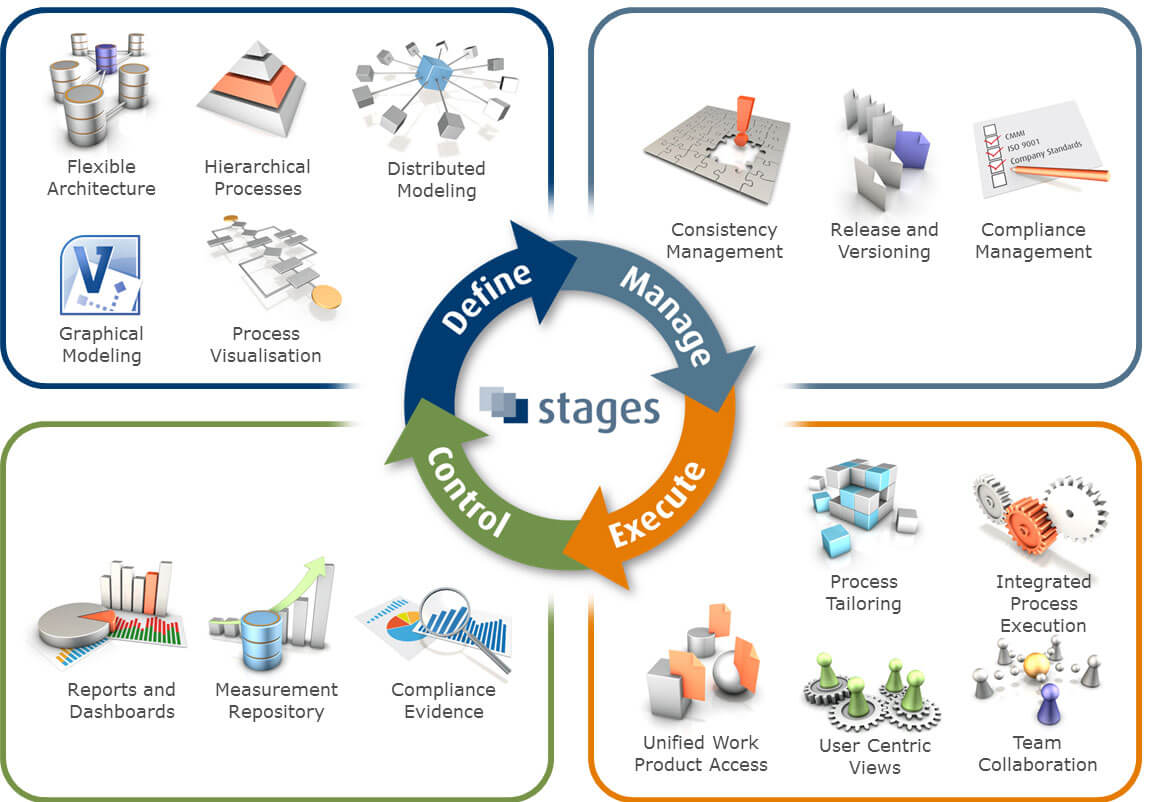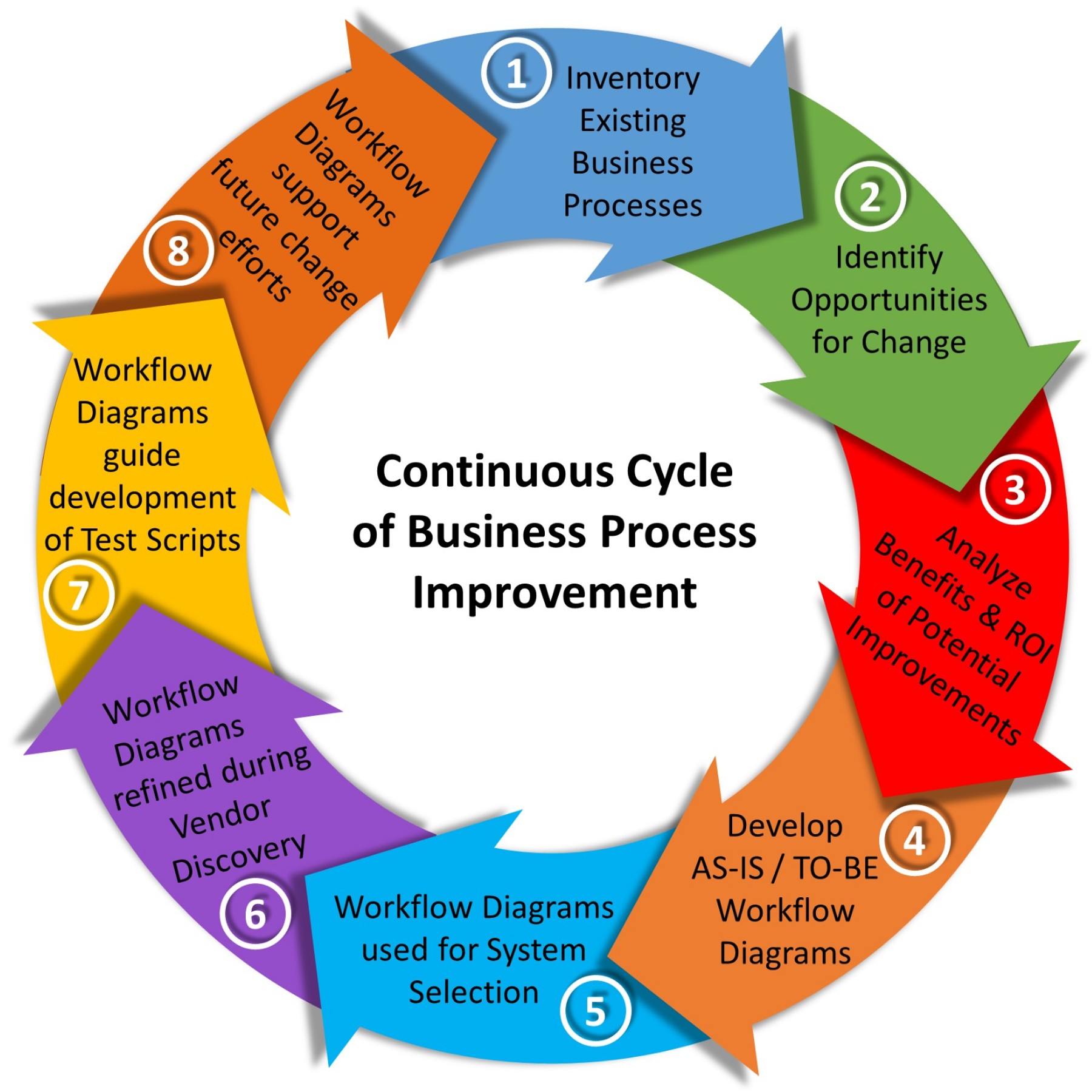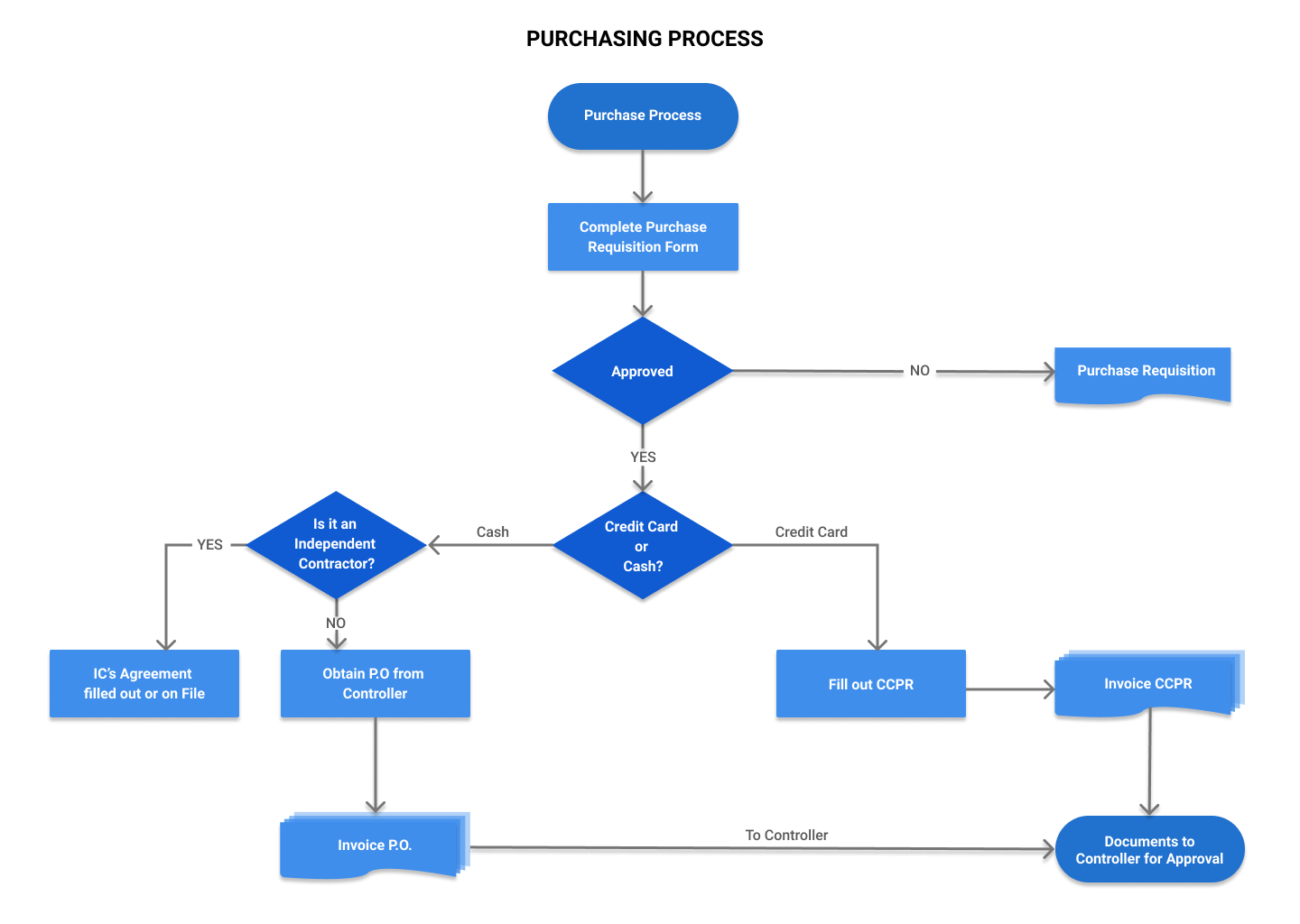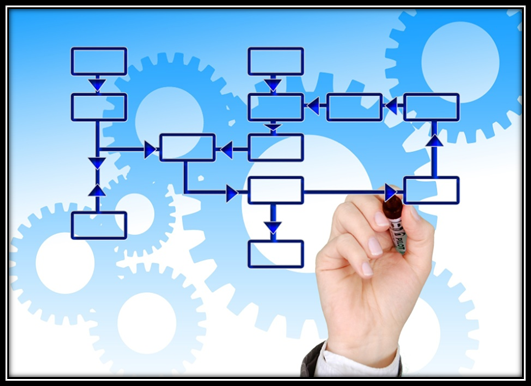

Enterprise architects creating target architectures for the entire enterprise rely on a certain level of abstraction. Transforming the architecture for an entire enterprise requires a bird's eye view of the business. The digital transformations I have seen our customers pursue often involve a transformation of their architecture.

What is the use case for business capabilities? Here's one way to understand the differences at a glance: All in all, a business process is much more detailed, actionable, and changeable. We can do that for all our customers or only for VIP customers with very large orders. We may want to automate some or all the steps of the process, for example, or include a check of the stock at regional or global production sites, if checking at the local factory is not successful. The business process, on the other hand, can change even within the same business model as the business evolves. For a given business model, it is also a concept that does not change over time. The capability is rather abstract and conceptual. The process describes which individual tasks need to be completed, by whom, and in which sequence, to generate this response: the order manager receives a request from a customer, checks the stock, then the local production forecast, then checks other orders with higher priority, then the requested delivery location and calculates the days forward, etc. This capability describes the capacity or ability to realize an outcome: responding to a customer inquiry with a confirmed quantity of product that can be delivered at a certain place and time. Specifically, it calls for describing what tasks need to be executed, in which sequence, by whom, as well as the decisions that need to be made – on which basis and by whom – to complete the processīusiness capabilities and business processes offer different perspectives – what and how – on the same business reality. Describing this process typically requires more details than the describing the capability. The capability doesn't explain how, the business process does that.


How do business capabilities and processes compare? How do they relate?Ī capability defines what a business needs to be able to do to achieve an outcome as part of its mission. Both business processes and business capabilities are used to model the complex reality of a business and break this reality down into what’s needed to accomplish specific tasks. Business capabilities are key for EA practitioners who used them for architecture planning and portfolio management. Let’s take a closer look at the connection between of EA and business process management (BPM) by turning our attention to the difference between business processes and business capabilities.īusiness processes are naturally what everything in BPM centers around, whether we’re talking about documentation, analysis, or improvement. In the first blog post, I covered the basics of where these two methodologies come from and why they are bound to intersect.
#BUSINESS PROCESSES SERIES#
This is the second post in a series about the relationship between Business Process Management and Enterprise Architecture. Application Modernization & Cloud Migration.Application Portfolio Assessment & Application Rationalization.LeanIX Continuous Transformation Platform®.


 0 kommentar(er)
0 kommentar(er)
